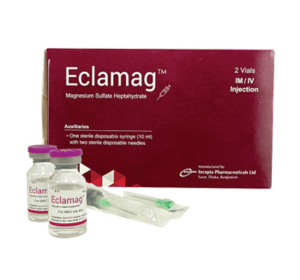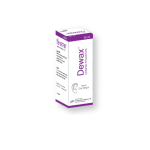Level-K(Calcium Polystyrene Sulfonate powder)

Therapeutic Group: cation exchange resin
Presentation
Level-K : Each container contains 150 gm powder of Calcium Polystyrene Sulfonate BP (99.934% w/w).
Description
Level-K (Calcium polystyrene sulfonate) is a cation exchange resin. It is insoluble in water and not absorbed from the gastrointestinal tract.
Indications
Level-K (Calcium polystyrene sulfonate) is indicated in patients with hyperkalemia associated with
anuria or severe oliguria. It reduces serum level of potassium and removes excess potassium from
the body. Level-K is indicated in all states of hyperkalemia due to acute and chronic renal failure, abortion, complicated labor, incompatible blood transfusion, crush injury, prostectomy, severe burns, surgical shock, cases of severeglomerulonephritis and pyelonephritis. Level-K can also be useful in patients requiring dialysis and can also be used during the period of underdialysis to control blood potassium levels.
Dosage & Administration
Level-K should be used for oral or rectal administration only.
Adults (Including the Elderly)
a) Oral: For adults the usual dose is 15 gm, 3 or 4 times a day. The resin is given by mouth as a suspension in a little water or for greater palatability, the resin may be made into a paste with some sweetened vehicle but not orange juice or other fruit juices that are known to contain potassium. The amount of fluid usually ranges from 3 to 4 ml for per gram of resin.
b) Rectal: In cases where oral administration is not possible Level-K may be given rectally as a suspension of 30 gm resin in 100 ml of 2% methylcellulose and 100 ml of water as a daily retention enema.
Pediatrics
a) Oral: Children should be given 1 gm/kg body weight of Level-K daily in divided doses in acute hyperkalemia. In maintenance therapy the dose may be reduced to 0.5 gm/kg body weight daily in divided doses.
b) Rectal: It can be given rectally suspended in a proportional amount of 10% dextrose in water. Following retention of the enema, the colon should be irrigated to ensure adequate removal of the resin.
Neonates
Oral administration of Level-K is contraindicated in neonates. Only rectal administration should be
considered. With rectal administration, the minimum effective dosage within the range of 0.5 gm/kg to 1 gm/kg should be given diluted as for adults and with adequate irrigation to ensure recovery of the resin.
Precautions
During treatment with Level-K the possibility of severe potassium depletion should be considered. To prevent serious hypokalemia, administration of the resin should be discontinued as soon as the serum potassium level falls to 5 mmol/L. Hypomagnesemia and hypercalcemia may occur. Patients should be monitored for all electrolyte disturbances. In the event of clinically significant constipation, treatment with the resin should be discontinued until normal bowel motions are resumed. Magnesium-containing laxatives should not be used. The patient should be positioned carefully when ingesting the resin to avoid aspiration which may lead to bronchopulmonary complications.
Children and neonates: Level-K should not be given by the oral route. In both children and neonates, particular care should be observed with rectal administration.
Use in Pregnancy & Lactation
Level-K is not absorbed from the gastrointestinal tract. No data are available about the use of Level-K in human pregnancy and lactation.
Drug Interaction
Concomitant use of Level-K is not recommended with Sorbitol, Digitalic drugs, Cation donating agents, Non-absorbable cation-donating antacids and laxatives, Aluminum hydroxide, Lithium, Thyroxine.
Over Dose
Clinical signs and symptoms of hypokalemia including irritability, confusion, delayed thought processes, muscle weakness, hyporeflexia and eventually frank paralysis. Apnea may be a serious consequence of this progression. Electrocardiographic changes may be consistent with hypokalemia or hypercalcemia; cardiac arrhythmia may occur.
Storage
Store at room temperature (15 to 30 C).
Commercial Pack
Level-K : Level-K is supplied in a white opaque HDPE jar with a plastic measuring spoon which holds 15 gm of powder.



